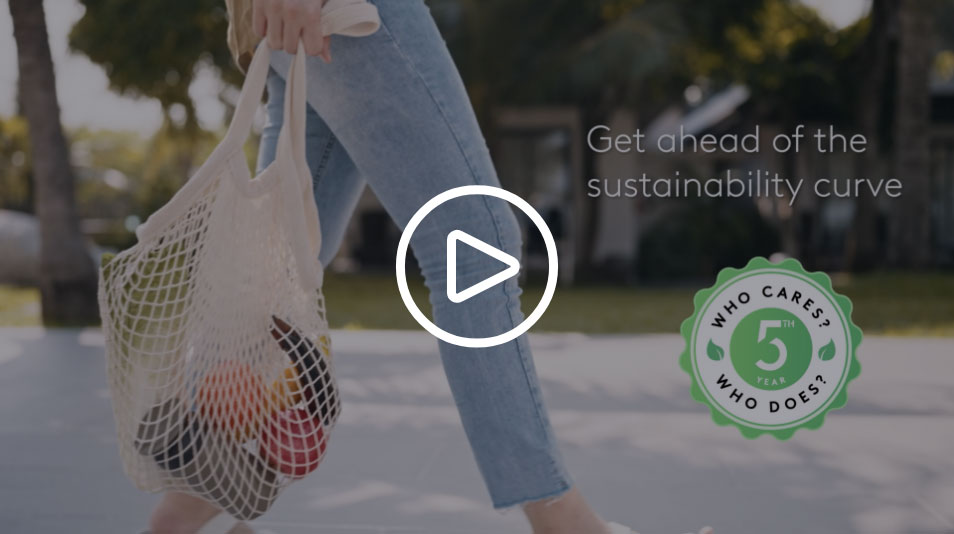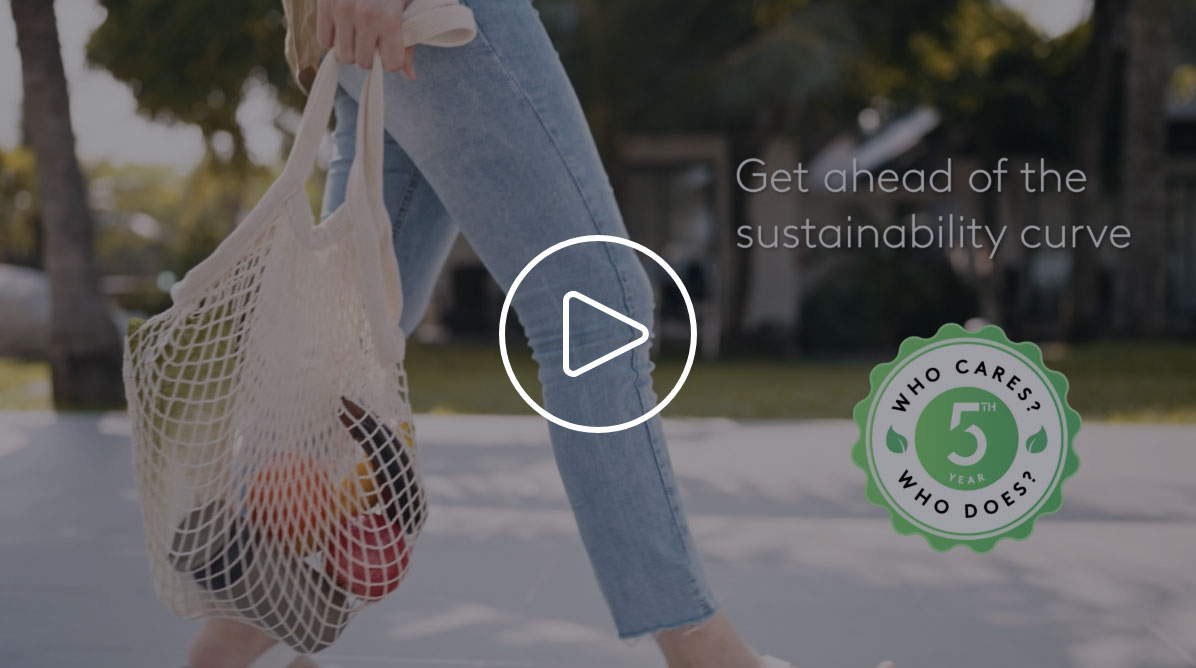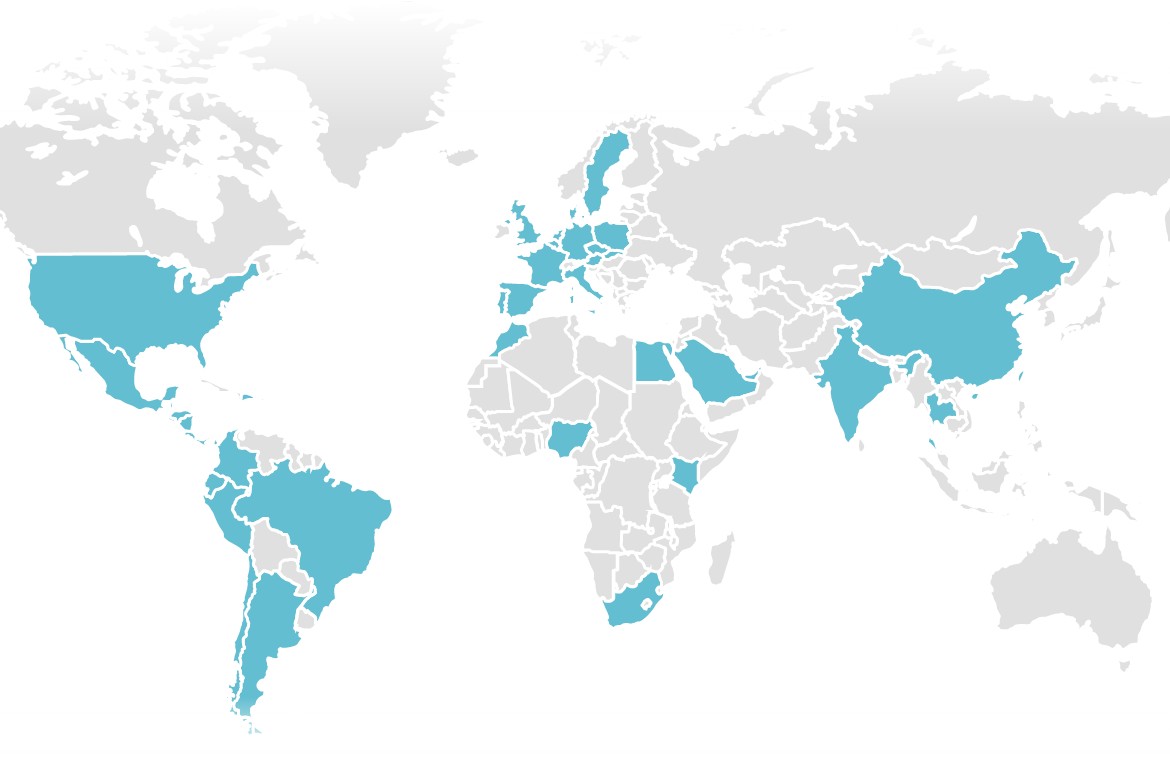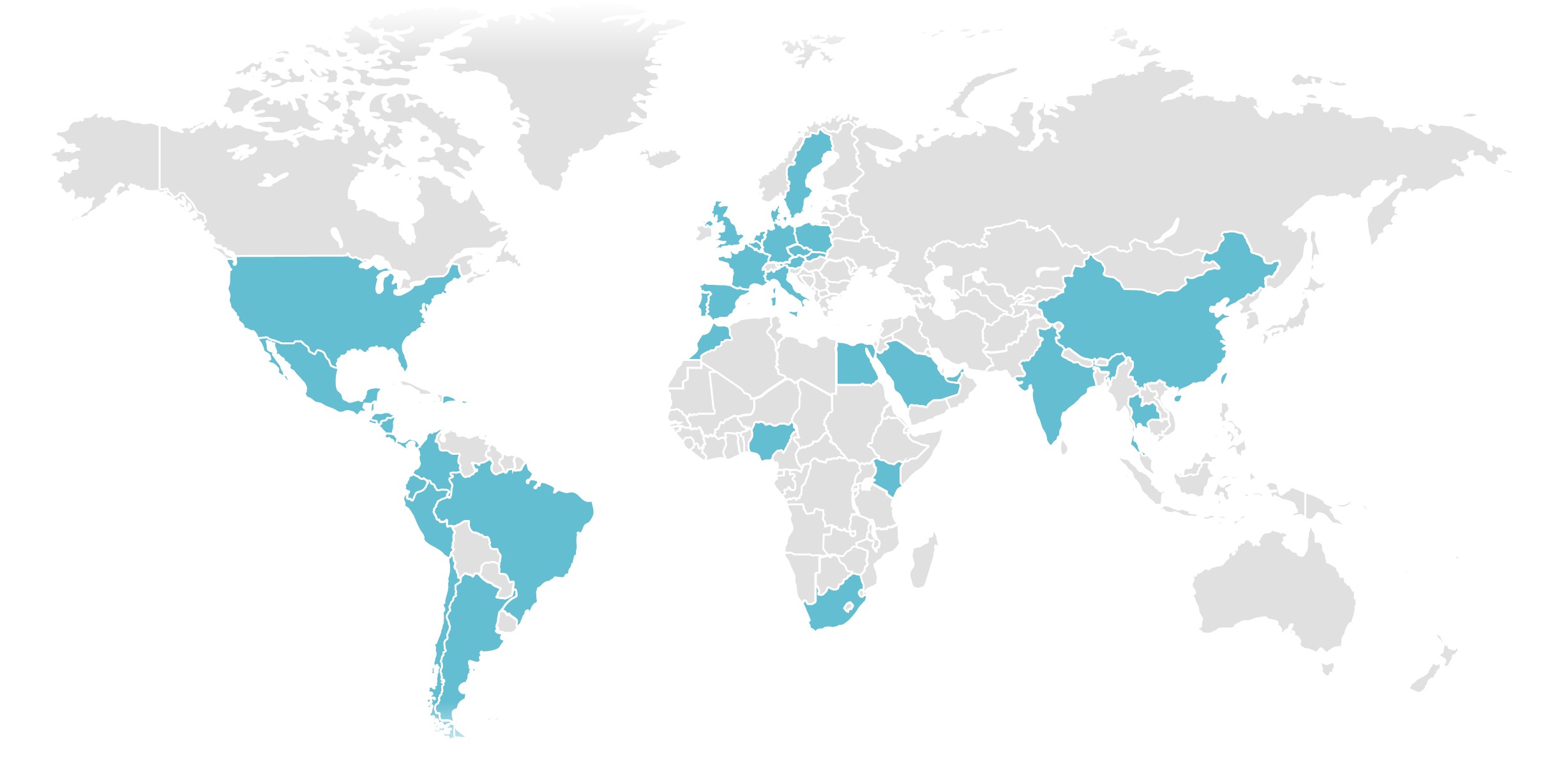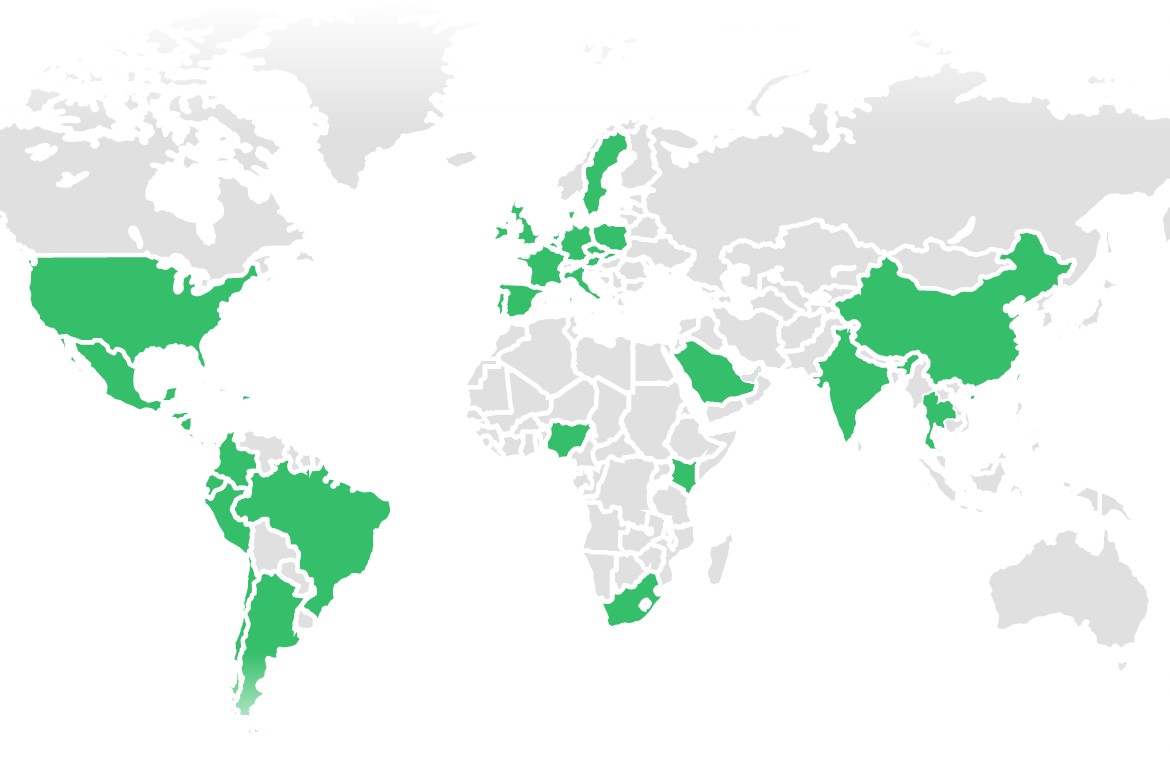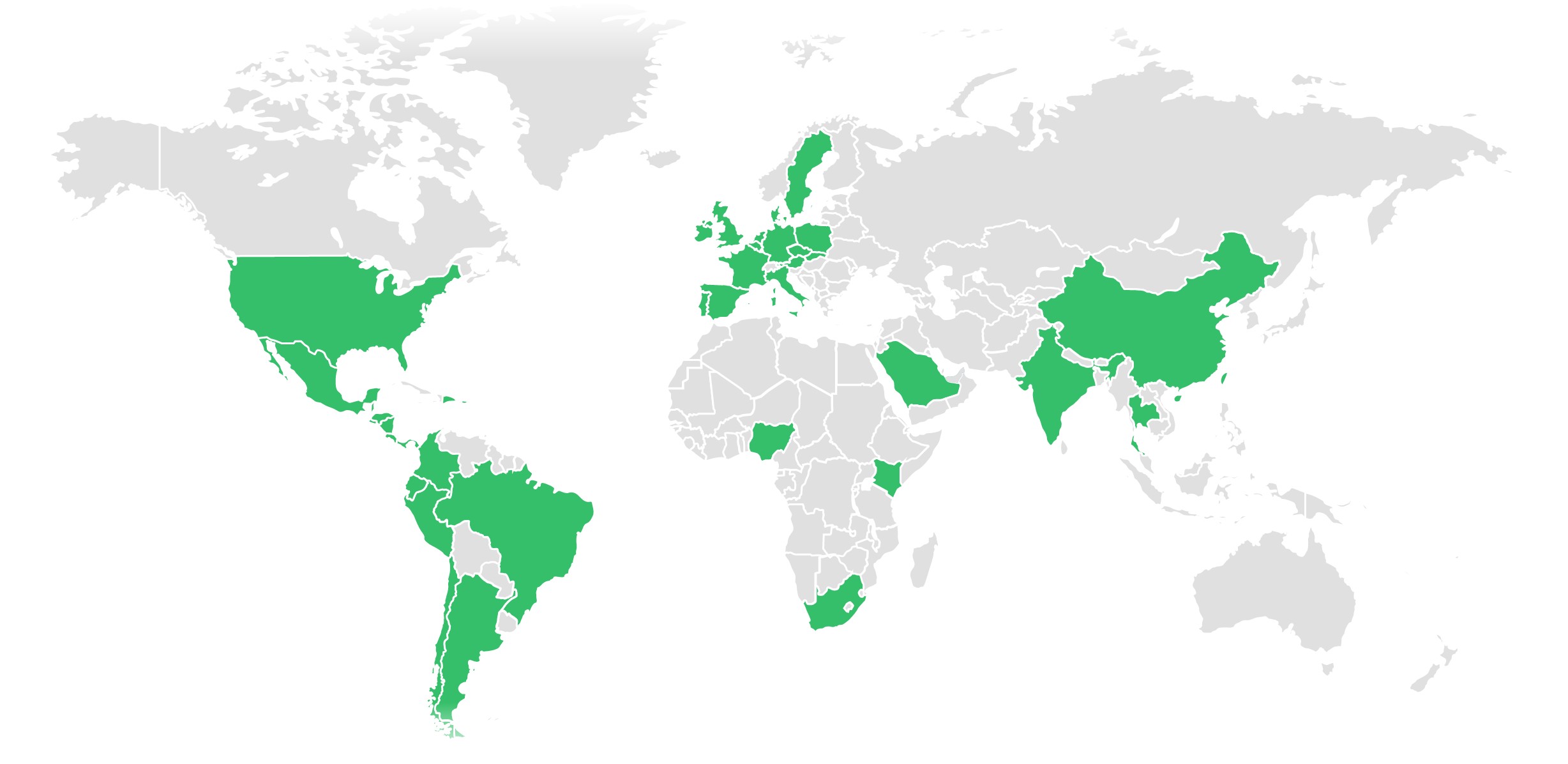Part 1:
Overview of Health
Mental and Physical wellbeing
Understand how shoppers are rating their mental and physical wellbeing
Diet and lifestyle actions
Actions that are always/often taken to maintain health, ranging from both
diet and lifestyle health practices
Worrying health conditions
Explore which health conditions are worrying shoppers most
(E.g. Disease, Sleep, Stress, etc.)
Health segment shoppers**
Global and local shares, FMCG value and trips by segment
*Full Report is both Part 1 & Part 2. Part 1 and Part 2 can also be
purchased separately.
**Available for any of our 2025 Health Shopper Typologies depending on
country participation and robustness.
Part 2:
Category and Product Health
Category Consumption
Planned consumption – reduction, stay the same, increase - for a varied
list of categories. E.g. Meat, salty snacks, chocolate, alcohol, etc.
Sugar Attitudes
Most common attitude towards sugar – reduction, avoidance, real sugar,
or low/zero
Health product Investment
Understand which health supplement and/or food products shoppers are
willing to invest in
Weight Loss Medication
Measure awareness, consideration of use and use of GLP-1 weight loss
medication
Health Segment Profiles**
1-pagers with demographic profile, local segment share, value of segment,
and over indexed attitudes and behaviours
*Full Report is both Part 1 & Part 2. Part 1 and Part 2 can also be
purchased separately.
**Available for any of our 2025 Health Shopper Typologies depending on
country participation and robustness.

